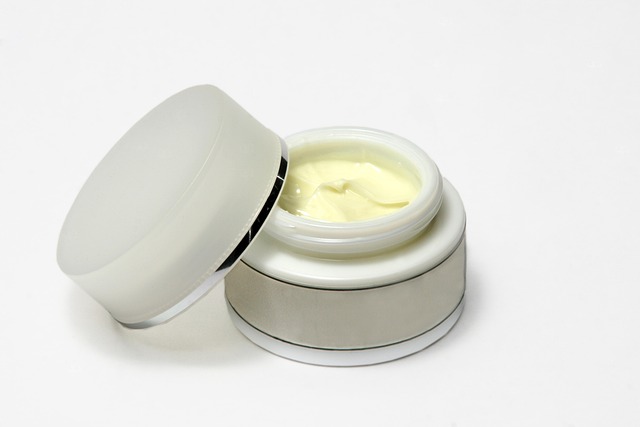
In fitness, there are so many different paths when choosing to exercise. Sometimes, the two paths sound similar and leave you wondering if they are the same type of exercise but just with different names. One such example involves interval training versus high-intensity interval training or HITT.
Interval training and high-intensity interval training (HITT) have become popular fitness methodologies for their efficiency in burning calories and improving cardiovascular health. While they share similarities, there are distinct differences in their approaches and intensity levels.
HITT, on the other hand, is characterized by short bursts of intense exercise followed by brief periods of recovery. The intensity of HITT workouts is typically higher than traditional interval training, often reaching 80-90% of maximum heart rate. This approach is designed to maximize calorie burn and improve metabolic health.
While interval training and HITT share the principle of alternating between high-intensity and low-intensity intervals, HITT is generally more intense and demanding. This higher intensity can lead to greater calorie expenditure and improved cardiovascular fitness in a shorter amount of time. However, it's important to note that HITT workouts can be challenging and may require a higher level of fitness to perform safely.
The choice between interval training and HITT ultimately depends on individual preferences, fitness levels, and goals. Those who enjoy moderate-intensity workouts and are new to exercise may find interval training to be a more accessible option. On the other hand, individuals seeking a more intense workout and rapid results may prefer HITT.
It's important to note that neither interval training nor HITT alone constitutes a complete fitness routine. To achieve optimal health and well-being, it's essential to incorporate a variety of exercises, including strength training, flexibility training, and balance exercises. Strength training helps build muscle mass and improve bone density, while flexibility training enhances range of motion and reduces the risk of injuries. Balance exercises improve coordination and stability, reducing the risk of falls.
Additionally, proper nutrition and adequate rest are crucial for overall fitness. Consuming a balanced diet that provides essential nutrients supports energy levels and recovery. Sufficient sleep allows the body to repair and rejuvenate, optimizing performance and preventing overtraining.
In conclusion, interval training and HITT are effective methods for improving cardiovascular health and burning calories. While they share similarities, HITT is generally more intense and demanding. The choice between the two depends on individual preferences and fitness levels. However, to achieve optimal health and well-being, it's essential to combine interval training or HITT with strength training, flexibility training, balance exercises, proper nutrition, and adequate rest. By incorporating these elements into a well-rounded fitness routine, individuals can maximize their overall health and fitness benefits. Let me know what you think, I'd love to hear. Have a great day.











